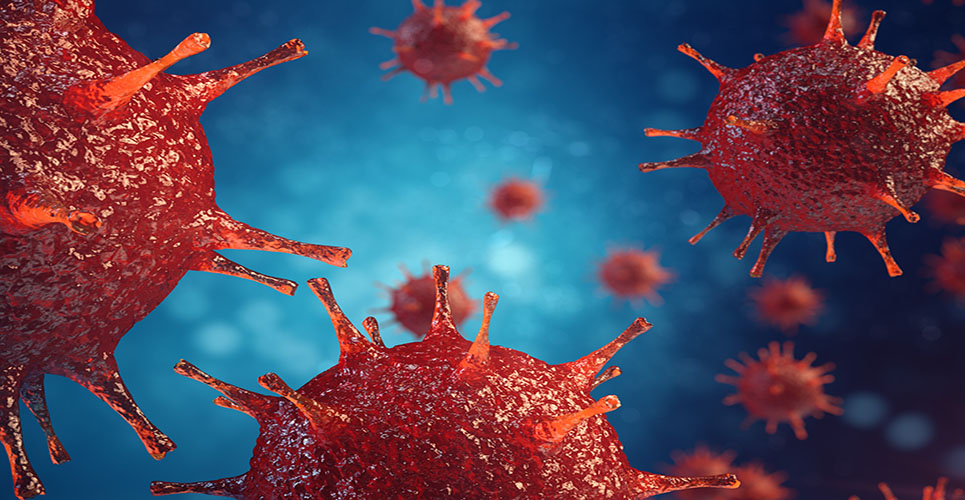teaser
Anidulafungin is noninferior to fluconazole in treating invasive candidiasis, researchers have concluded.
This noninferiority study compared anidulafungin – a new echinocandin – with fluconazole for treating invasive candidiasis. A noninferiority study aims to show that a new intervention is not worse than an existing therapy.
The randomised, double-blind, multicentre study enrolled patients 16 years of age or older with candidaemia (defined as at least one positive blood culture) or other forms of invasive candidiasis (defined as a positive culture obtained from a sterile site). Patients were randomly allocated treatment with either intravenous anidulafungin (200mg on day 1, then 100mg daily) or intravenous fluconazole (800mg on day 1, then 400mg daily).
Signs and symptoms were assessed at baseline, daily during treatment, at the end of intravenous therapy, at the end of oral therapy, and two weeks and six weeks after the end of all antifungal therapy.
The primary efficacy analysis assessed global response at the end of intravenous therapy in patients who had a positive baseline culture (the modified intention-to-treat population). A global response was considered successful if there was both clinical and microbiological success. Secondary outcome measures included efficacy assessed at other time points.
Overall, 261 patients were enrolled, 256 were included in the intention-to-treat population (all patients who received at least one dose of study medication) and 245 in the modified intention-to-treat population. In the latter population, 127 patients were allocated to treatment with anidulafungin and 118 to fluconazole.
Of the 245 patients in the primary analysis, 89% had candidaemia only. Candida albicans was isolated in 61.6% of the 245 patients. Most of the patients (97%) did not have neutropenia.

Results were as follows:
• At the end of intravenous therapy, treatment was successful in 75.6% (n=96/127) of patients treated with anidulafungin, as compared with 60.2% (n=71/118) of those treated with fluconazole (difference, 15.4 percentage points; 95% confidence interval, 3.9–27.0). The authors note that since the confidence interval for the difference excluded 0, there was a greater response rate in the anidulafungin group (p=0.01). Similar results were obtained for the intention-to-treat population.
• The results were similar for other efficacy endpoints.
• The statistical analyses failed to show a “centre effect”; when data from the site enrolling the largest number of patients were removed, success rates at the end of intravenous therapy were 73.2% in the anidulafungin group and 61.1% in the fluconazole group (difference, 12.1 percentage points; 95% CI, -1.1–25.3).
• The frequency and types of adverse events were similar in the two groups. The rate of death from all causes was 31% in the fluconazole group and 23% in the anidulafungin group (p=0.13).
The researchers note that their study had some limitations, including the small proportion of patients with neutropenia, the small proportion of those with non-candidaemic invasive candidiasis, the exclusion of paediatric patients, a possible centre effect, and the possibility that the robustness of the findings is limited by the size of the sample.
NEJM 2007;356 (24):2472-82
